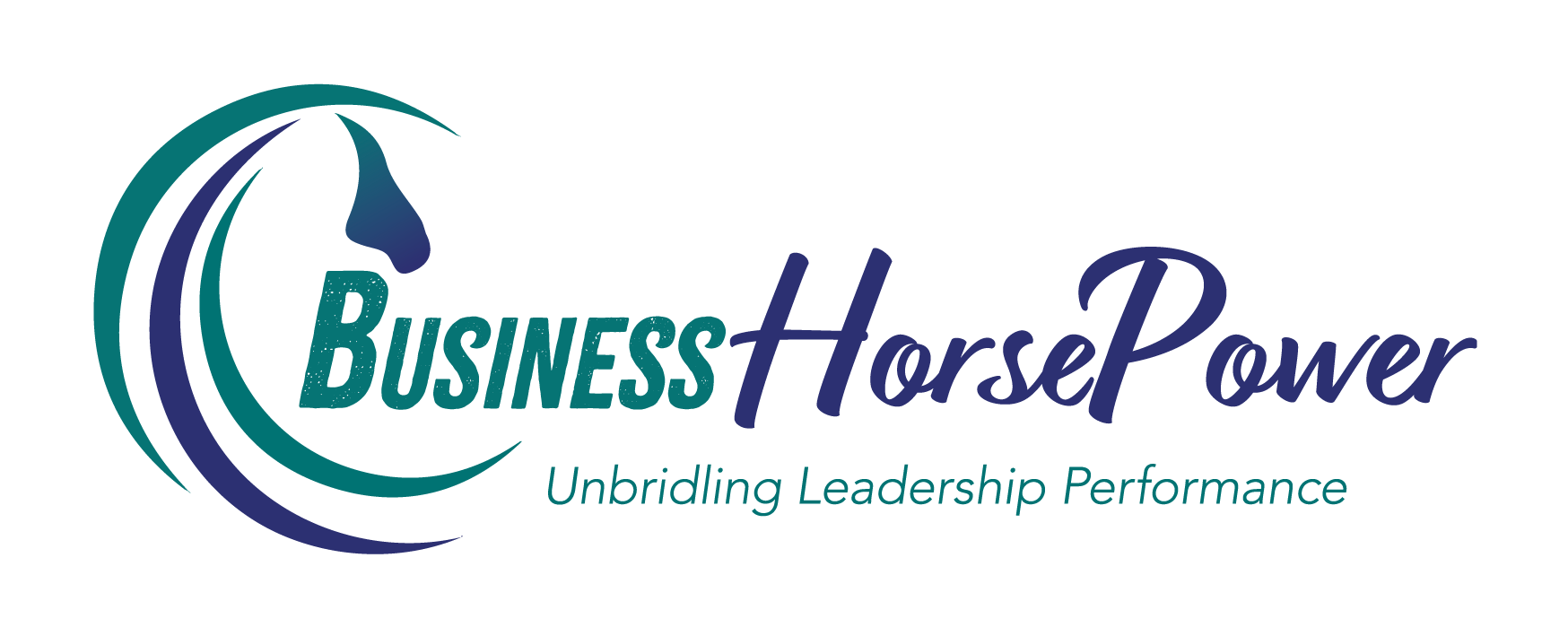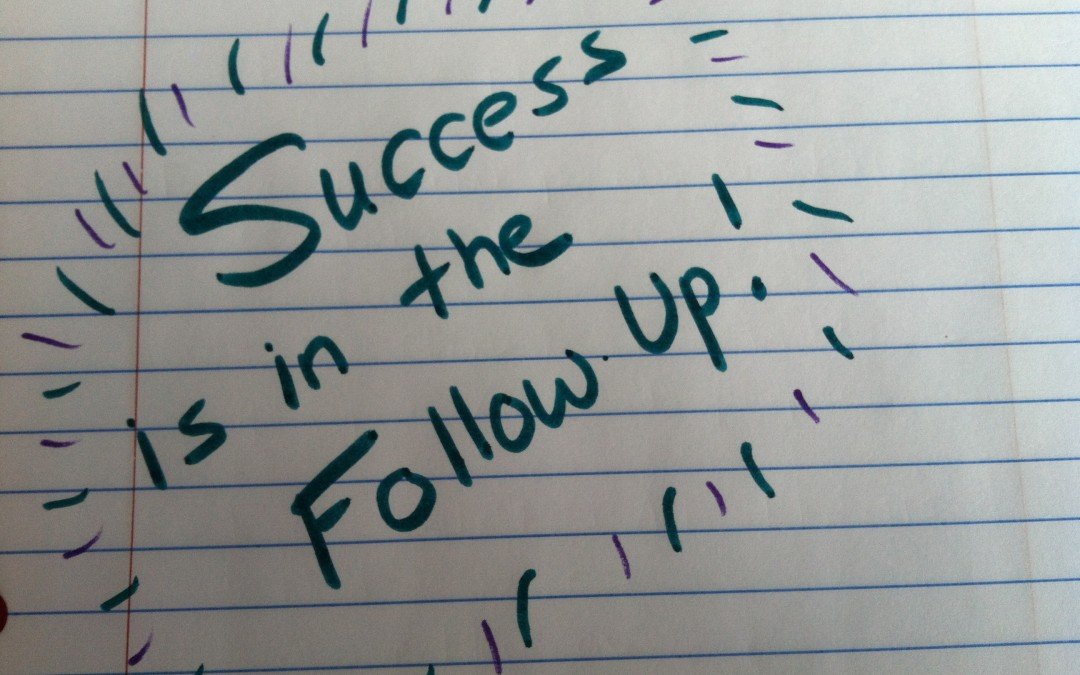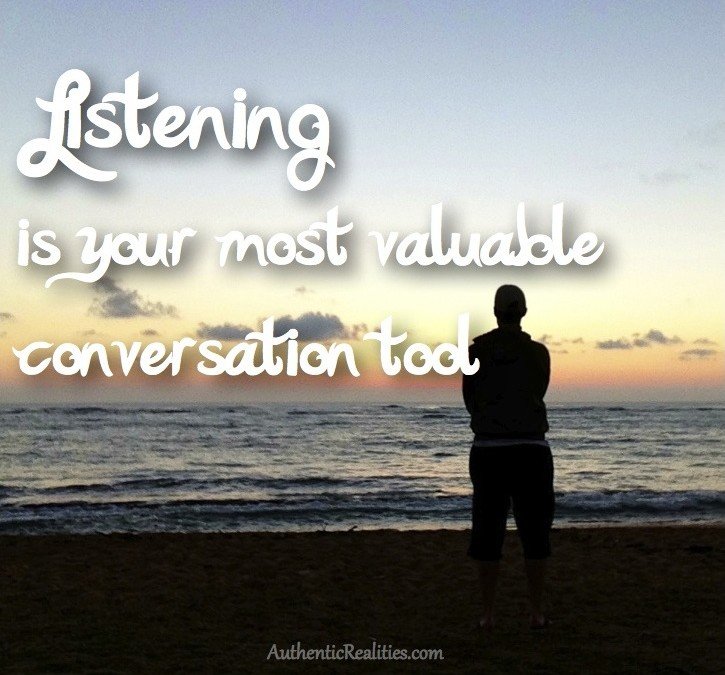My coach recently introduced me to the concept of systems not goals and it is making such a difference in my life that I wanted to share this article with you which has been inspired by James Clear.
We all have things that we want to achieve in our lives — getting into the better shape, building a successful business, raising a wonderful family, writing a best-selling book, winning a championship, and so on.
And for most of us, the path to those things starts by setting a specific, measurable actionable goal. For example I would set goals on how much income I wanted to make a month, how many times I wanted to work out, how much food I wanted to eat. But there was a problem. When I failed to meet this goal I became disillusioned and rather than the goal motivating me it was infact putting me into inaction. I never wanted to set goals in case I did not achieve them. I started avoiding goal setting and planning as it was too painful to see the results. And as a result my business lost focus, direction and momentum.
What I’m starting to realize, however, is that when it comes to actually getting things done and making progress in the areas that are important to you, there is a much better way to do things.
It all comes down to the difference between goals and systems.
Let me explain.
The Difference Between Goals and Systems
What’s the difference between goals and systems?
- If you’re a coach, your goal is to win a championship. Your system is what your team does at practice each day.
- If you’re a writer, your goal is to write a book. Your system is the writing schedule that you follow each week.
- If you’re a runner, your goal is to run a marathon. Your system is your training schedule for the month.
- If you’re an entrepreneur, your goal is to build a million dollar business. Your system is your sales and marketing process.
Now for the really interesting question:
If you completely ignored your goals and focused only on your system, would you still get results?
For example, if you were a basketball coach and you ignored your goal to win a championship and focused only on what your team does at practice each day, would you still get results?
I think you would.
For example, if you committed to write two blogs per week over the course of a year you would have written over 100,000 words. The typical book is about 50,000 to 60,000 words, so by this habit of writing twice a week within a year you would have completed enough content for two books.
All of this is such a surprise because goal was never set for the writing. Progress wasn’t measured in relation to some benchmark. What there was a focus on was writing two articles every week. And after sticking to that schedule for a year the result was 100,000 words. If you focus on the system and the process of doing the work, in the end, you might experience better results results.
Let’s talk about three more reasons why you should focus on systems instead of goals.
1. Goals reduce your current happiness.
When you’re working toward a goal, you are essentially saying, “I’m not good enough yet, but I will be when I reach my goal.”
The problem with this mindset is that you’re teaching yourself to always put happiness and success off until the next milestone is achieved. “Once I reach my goal, then I’ll be happy. Once I achieve my goal, then I’ll be successful.”
SOLUTION: Commit to a process, not a goal.
Choosing a goal puts a huge burden on your shoulders. Can you imagine if I had made it my goal to write two books this year? Just writing that sentence stresses me out.
But we do this to ourselves all the time. We place unnecessary stress on ourselves to lose weight or to succeed in business or to write a best-selling novel. Instead, you can keep things simple and reduce stress by focusing on the daily process and sticking to your schedule, rather than worrying about the big, life-changing goals.
When you focus on the practice instead of the performance, you can enjoy the present moment and improve at the same time.
2. Goals are strangely at odds with long-term progress.
You might think your goal will keep you motivated over the long-term, but that’s not always true.
Consider someone training for a half-marathon. Many people will work hard for months, but as soon as they finish the race, they stop training. Their goal was to finish the half-marathon and now that they have completed it, that goal is no longer there to motivate them. When all of your hard work is focused on a particular goal, what is left to push you forward after you achieve it?
This can create a type of “yo-yo effect” where people go back and forth from working on a goal to not working on one. This type of cycle makes it difficult to build upon your progress for the long-term.
SOLUTION: Release the need for immediate results.
I was training at the gym last week and I was doing my second-to-last set of clean and jerks. When I hit that rep, I felt a small twinge in my leg. It wasn’t painful or an injury, just a sign of fatigue near the end of my workout. For a minute or two, I thought about doing my final set. Then, I reminded myself that I plan to do this for the rest of my life and decided to call it a day.
In a situation like the one above, a goal-based mentality will tell you to finish the workout and reach your goal. After all, if you set a goal and you don’t reach it, then you feel like a failure.
But with a systems-based mentality, I had no trouble moving on. Systems-based thinking is never about hitting a particular number, it’s about sticking to the process and not missing workouts.
Of course, I know that if I never miss a workout, then I will lift bigger weights in the long-run. And that’s why systems are more valuable than goals. Goals are about the short-term result. Systems are about the long-term process. In the end, process always wins.
3. Goals suggest that you can control things that you have no control over.
You can’t predict the future. (I know, shocking.)
But every time we set a goal, we try to do it. We try to plan out where we will be and when we will make it there. We try to predict how quickly we can make progress, even though we have no idea what circumstances or situations will arise along the way.
SOLUTION: Build feedback loops.
Business intelligence dash boards give you great feedback on how you are doing. They can create continual feedback loops enabling you to course correct. They help you know if you are staying on track and let you know if the system is working. If we are to keep our business on track it is imperative that we measure the key business indicators and then use this information to help us course correct.
So I encourage you to Fall In Love With Systems
Goals are good for planning your progress and systems are good for actually making progress.
Goals can provide direction and even push you forward in the short-term, but eventually a well-designed system will always win. Having a system is what matters. Committing to the process is what makes the difference.
















